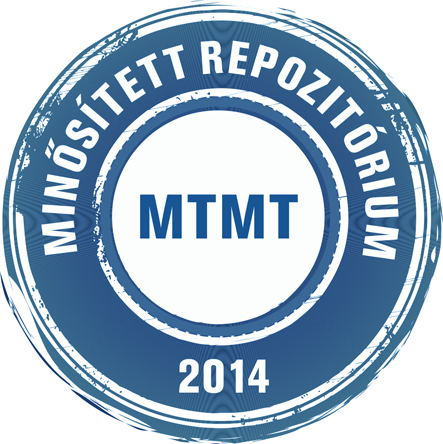Horák, David és Trávníček, Bohumil és Király, Botond Gergely és Détraz-Méroz, Jacqueline és Vymyslický, Tomáš (2023) Cytogeography of Gagea bohemica (Liliaceae) outside the Mediterranean: two ploidy levels, spatial differentiation of cytotypes, and occurrence of mixed-ploidy populations. PLANT SYSTEMATICS AND EVOLUTION, 309 (5). ISSN 0378-2697
|
Szöveg
Cytogeography-of-Gagea-bohemica-Liliaceae-outside-the-Mediterranean-two-ploidy-levels-spatial-differentiation-of-cytotypes-and-occurrence-of-mixedploidy-populationsPlant-Systematics-and-Evolution.pdf Download (2MB) |
Absztrakt (kivonat)
Gagea bohemica s.l. is a morphologically and karyologically highly variable group with many morphologically similar “narrow” taxa currently considered as a single variable species. It is predominantly distributed in Mediterranean and warmer parts of temperate belt of Europe. The large-scale data on its cytogeography and population cytotype structure which could provide a basis for taxonomy are lacking, only scattered data on ploidy have been published from various parts of its range. In this study, we sampled 106 populations in broader Central Europe, the northeastern Balkan Peninsula and the northwestern Black Sea coast in order to analyze their ploidy level, genome size and pollen stainability. Two cytotypes, i.e., tetraploid (2 n = 48) and pentaploid (2 n = 60), were found in the study area using chromosome counting and flow cytometry, both in pure and mixed-ploidy populations. Pure pentaploid populations are mainly distributed in Austria, Czechia, northwestern Hungary and Slovakia while tetraploid cytotype in pure and mixed-ploidy populations forming two lineages which are concentrated into two disjunct geographical areas: a western lineage in Germany and Switzerland and an eastern one in Bulgaria, southeastern Hungary, northern Greece, Romania, Serbia and Ukraine. The two lineages differ in their genome size regardless of their ploidy, indicating their independent origin. Analysis of pollen stainability using a modified Alexander stain revealed an unusual pattern with tetraploids having a lower pollen stainability (mean 44.29%) than pentaploids (mean 70.70%), but the western and eastern populations differed again from each other.
Tudományterület / tudományág
agrártudományok > erdészeti és vadgazdálkodási tudományok
természettudományok > biológiai tudományok
Kar
Nem releváns
Intézmény
Soproni Egyetem
| Mű tipusa: | Cikk |
|---|---|
| SWORD Depositor: | Teszt Sword |
| Felhasználó: | Csaba Horváth |
| A mű MTMT azonosítója: | MTMT:34163533 |
| Dátum: | 17 Okt 2023 13:18 |
| Utolsó módosítás: | 17 Okt 2023 13:18 |
| URI: | http://publicatio.uni-sopron.hu/id/eprint/2820 |
Actions (login required)
 |
Tétel nézet |


 Repozitóriumi letöltési statisztika
Repozitóriumi letöltési statisztika Repozitóriumi letöltési statisztika
Repozitóriumi letöltési statisztika
